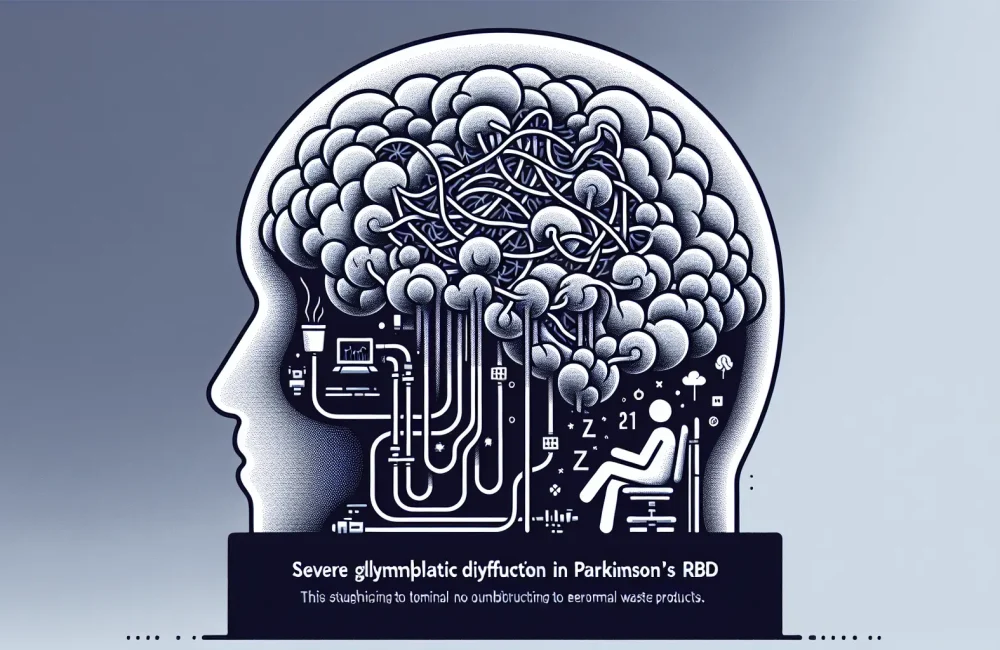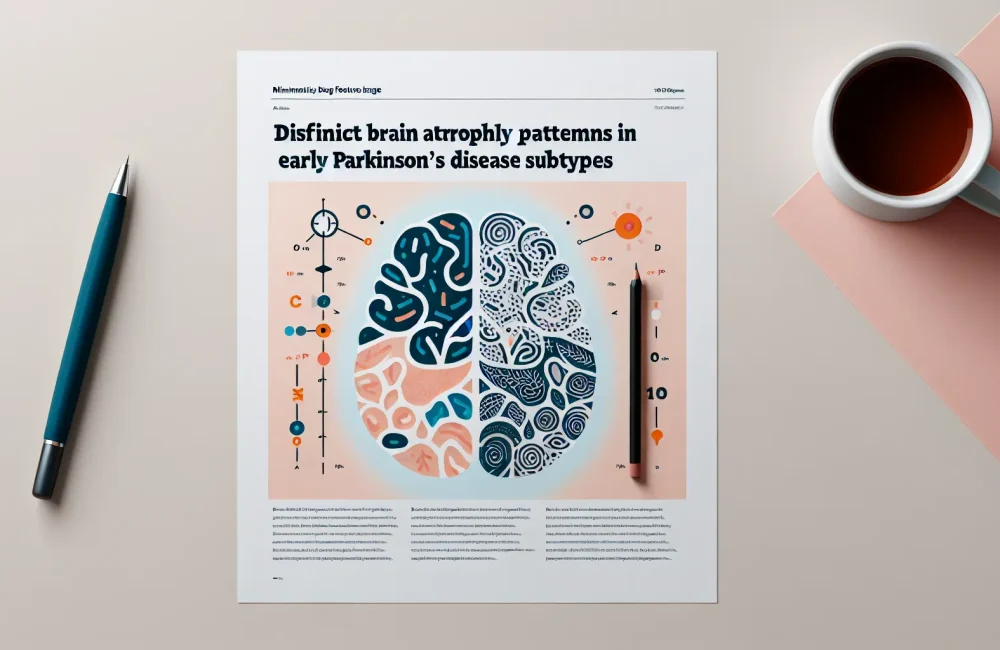By CAFMI AI From npj Parkinson’s Disease (Open Access)
Enhanced Diagnostic Accuracy with Biologic Criteria
Synucleinopathies, which include Parkinson’s disease (PD), dementia with Lewy bodies (DLB), and multiple system atrophy (MSA), are neurodegenerative disorders marked by abnormal accumulation of the alpha-synuclein protein. Traditionally, diagnosis of these disorders has been based primarily on clinical evaluation, which can sometimes lack precision, especially in early disease stages. The recent study applying the new biologic disease criteria to the Systemic Synuclein Sampling Study (S4) cohort offers valuable insights into improving diagnostic accuracy for clinicians. These new criteria integrate biochemical markers derived from cerebrospinal fluid (CSF) analyses, particularly assays detecting alpha-synuclein species, alongside detailed clinical assessments and imaging data. The approach aims to enhance the sensitivity and specificity of synucleinopathy diagnosis beyond what conventional clinical criteria alone can achieve.
The S4 cohort is well-characterized, consisting of individuals across various synucleinopathy diagnoses as well as healthy controls. By applying the biologic criteria to this cohort, the study found a marked improvement in identifying synucleinopathy-positive patients while reducing false positives among controls. This improvement is crucial for clinicians who need reliable tools for early and accurate diagnosis, which can significantly impact patient management and counseling. Moreover, by correlating these biologic markers with disease progression and symptom severity, the study helped clarify how molecular evidence corresponds to clinical manifestations. Such findings emphasize the value of these criteria not only for diagnosis but also for tracking disease evolution.
Clinical Implications and Benefits for Practice
From a clinical perspective, the adoption of these biologic criteria presents several meaningful benefits. First, earlier and more precise diagnosis of synucleinopathies allows healthcare providers to tailor therapeutic strategies more effectively, potentially improving patient outcomes. Since synucleinopathies have overlapping symptoms with other neurodegenerative diseases, the enhanced specificity helps avoid misdiagnosis and inappropriate treatments, which can be detrimental. This is especially relevant in primary care and neurology settings in the USA, where differential diagnosis can be challenging due to symptom variability and coexisting conditions.
The integration of CSF alpha-synuclein assays into routine evaluation offers an objective biomarker that complements clinical judgment. For patients, this means a reduction in diagnostic uncertainty, which can alleviate anxiety and facilitate timely initiation of symptom management and supportive care. For clinicians, these criteria support stratification of patients in clinical trials and therapeutic research, enabling better targeting of novel treatments. Additionally, understanding disease progression through molecular markers may guide decisions on follow-up schedules and monitoring, enhancing personalized care plans.
Importantly, the study results underscore the need for healthcare systems to adapt workflows that incorporate biomarker testing feasibly and efficiently. Standardizing these assessments in clinical practice will require education and resource allocation but promises to improve overall patient care quality in neurodegenerative disease management.
Challenges, Limitations, and Future Perspectives
While the new biologic disease criteria represent a significant advance, the study highlights several limitations and considerations for clinicians. One challenge is the accessibility and cost of biochemical assays such as CSF alpha-synuclein testing, which may not be widely available in many clinical settings, particularly in community practices. Ensuring equitable access to these diagnostics is critical to avoid disparities in care quality.
Moreover, although the study findings are robust within the S4 cohort, further validation in larger and more diverse populations is necessary to confirm the generalizability of these criteria. The heterogeneity of synucleinopathies means that no single test can capture all nuances of the disease spectrum; thus, a combination of clinical and molecular evidence remains essential. Clinicians must also be aware of potential confounding factors that may affect biomarker results, such as comorbid conditions or sample handling variability.
Looking ahead, incorporating these biologic criteria into clinical guidelines offers promising opportunities to reshape synucleinopathy diagnosis and management. Continued research should focus on refining biomarker assays, exploring less invasive sample methods, and integrating imaging modalities. For primary care and specialty practitioners, updated workflows that include these diagnostic tools will optimize early detection, differential diagnosis, and personalized treatment planning. Ultimately, these advances will improve patient quality of life and potentially impact disease trajectories through earlier intervention and better-targeted therapies.
Read The Original Publication Here






